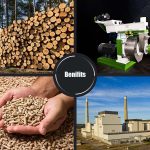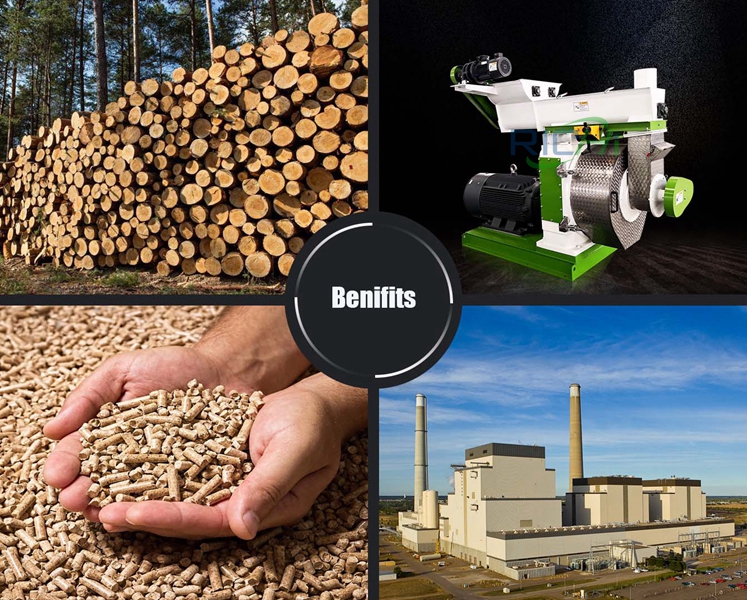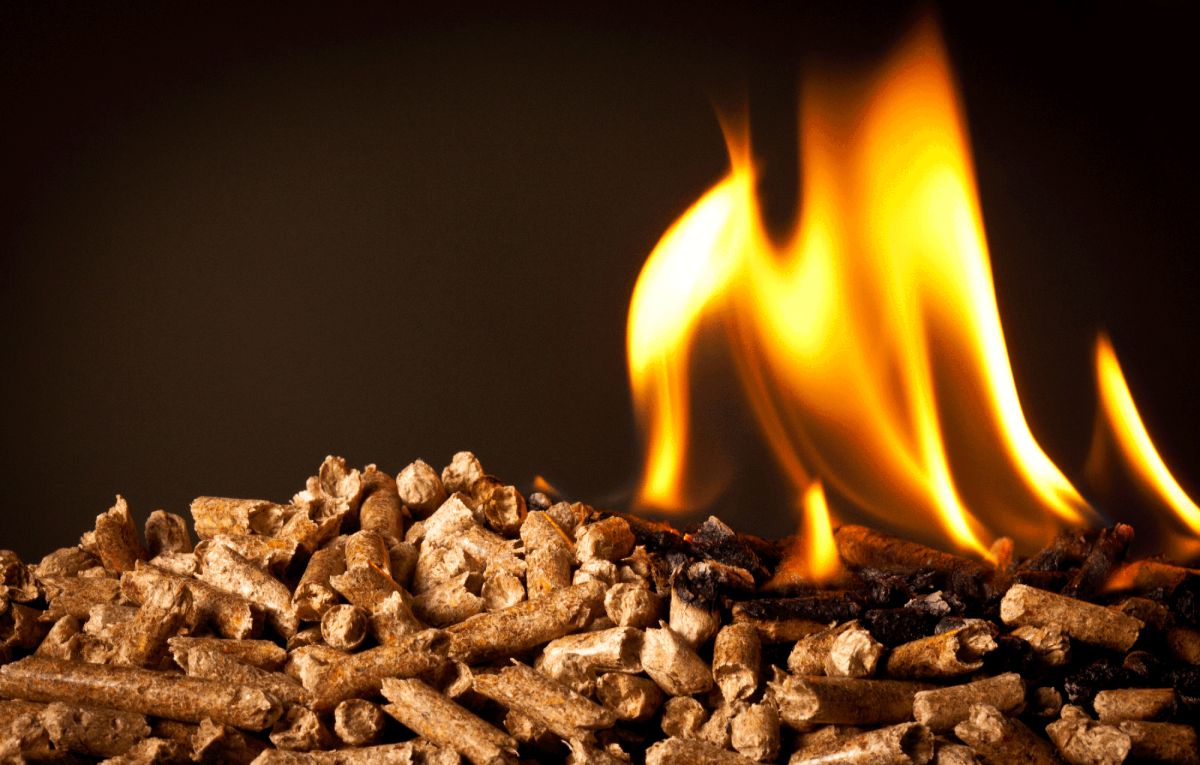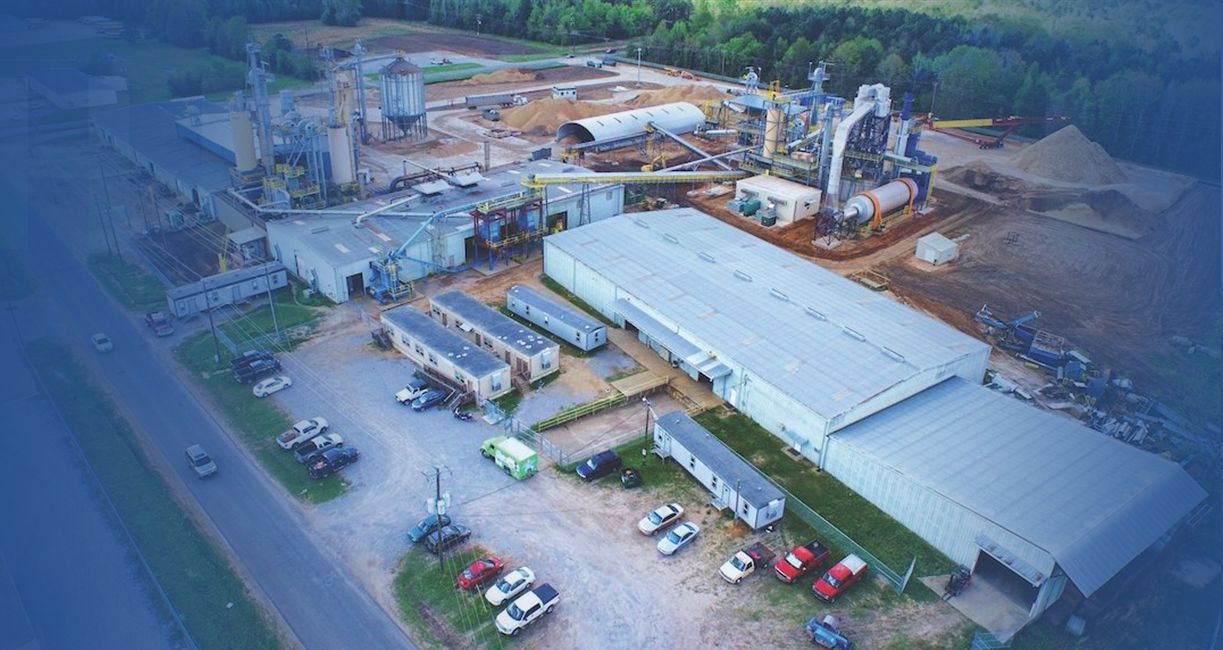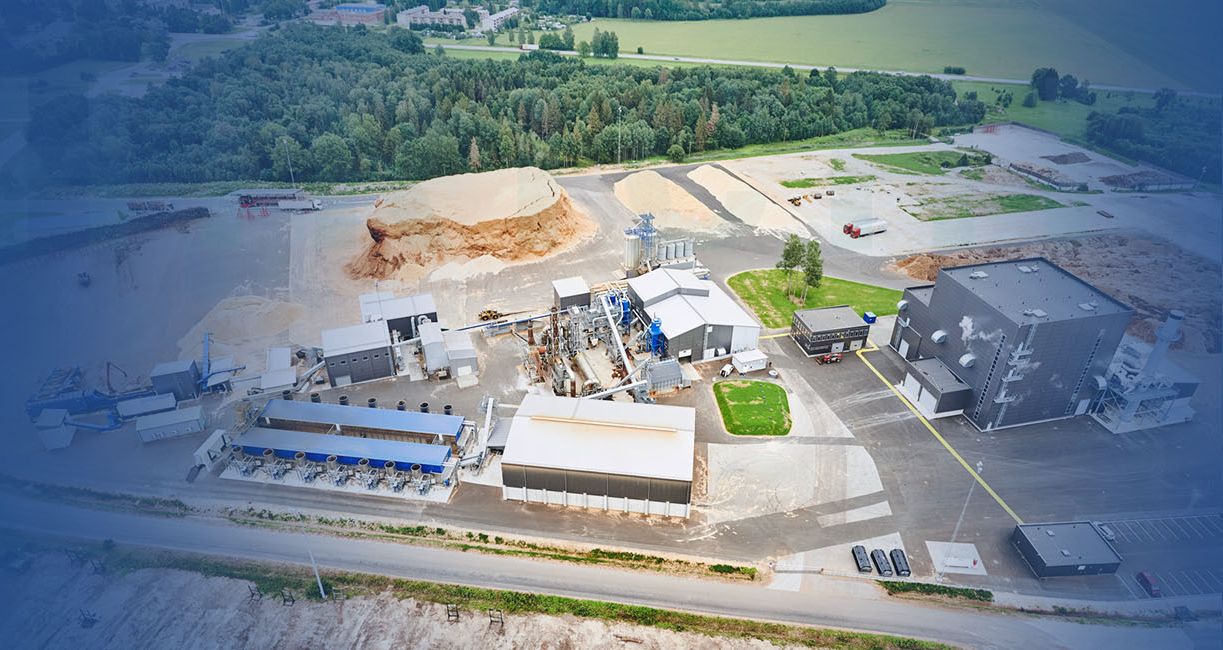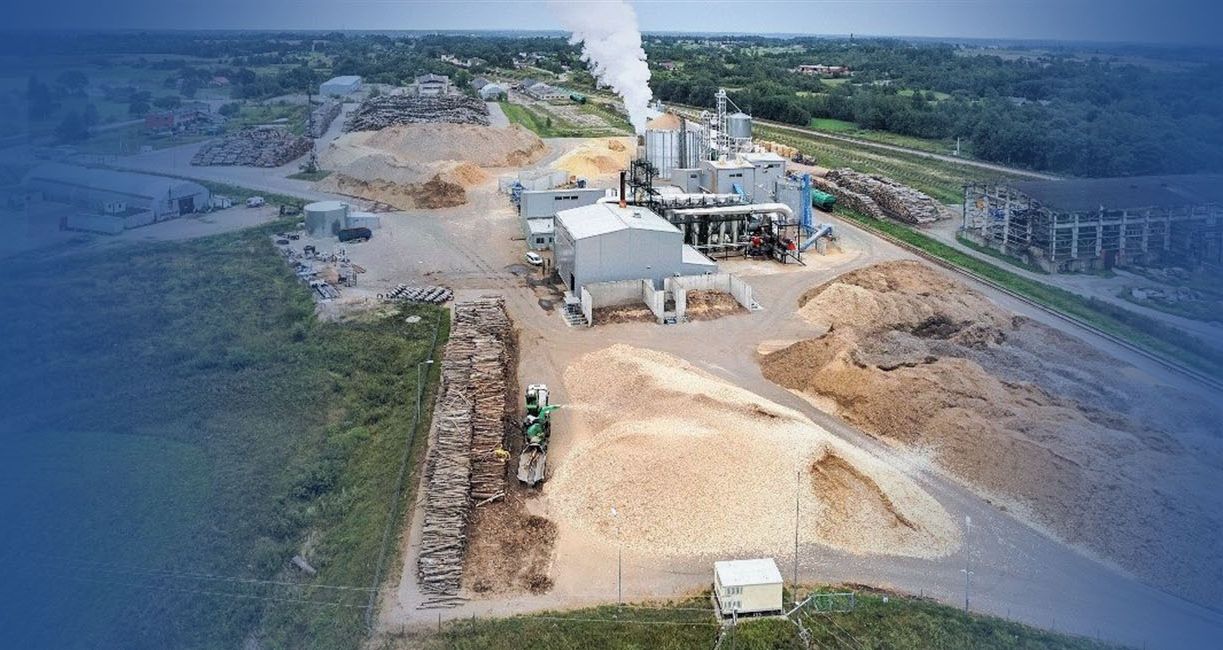Understanding Wood Pellet Making Machines and Their Uses
A wood pellet making machine, often referred to as a wood pellet mill, is a specialized device designed to process raw biomass materials into compact and energy-efficient pellets. The fundamental structure of a wood pellet machine consists of several key components, including a feeder, conditioner, pellet chamber, and die. Raw materials, such as sawdust, wood chips, or agricultural waste, are fed into the machine, where they are conditioned and compressed through the die to form pellets of uniform shape and size.
The primary use of wood pellet machines is to convert various biomass materials into dense pellets that serve as a sustainable alternative fuel source. These pellets offer a higher energy content compared to the raw biomass due to their reduced moisture and increased density. This makes them highly efficient for heating purposes. In residential settings, wood pellets are frequently used in pellet stoves and boilers, providing a cleaner and more efficient heating solution compared to traditional fossil fuels.
In the industrial sector, wood pellet mills play a crucial role in power generation. They are employed in biomass power plants to produce electricity, thereby contributing to the reduction of greenhouse gas emissions. This is particularly significant as industries are progressively seeking to transition towards renewable energy sources and reduce their carbon footprint.
Besides heating and power generation, wood pellet machines are also utilized in agricultural and animal husbandry practices. Sawdust pellet machines convert sawdust into bedding material for livestock, ensuring a hygienic and comfortable environment for animals. Furthermore, the pellets can be used as nutrient-rich feed, promoting a sustainable cycle of biomass utilization.
The significance of wood pellet making machines extends beyond their functional applications. These machines are instrumental in sustainable energy production, offering an eco-friendly solution to utilize waste materials. By transforming biomass into value-added products, wood pellet machines contribute to conserving natural resources, reducing waste, and mitigating climate change impacts.
Analyzing Industry Trends and Usage Metrics
The wood pellet industry has experienced substantial growth in recent years, largely driven by the global shift towards renewable energy and increased environmental awareness. According to recent market analyses, the demand for wood pellet making machines has surged, with the industry valued at an estimated USD 10.87 billion in 2020 and projected to reach USD 15.47 billion by 2025. This growth trajectory highlights the critical role that wood pellet mills play in meeting the rising demand for sustainable energy solutions.
One of the primary factors contributing to the industry’s expansion is the global adoption of stringent environmental regulations and policies aimed at reducing carbon emissions. Governments worldwide are incentivizing the use of renewable energy sources, with many offering subsidies and grants to businesses that invest in technologies like wood pellet machines. Consequently, companies are increasingly turning to sawdust pellet machines to transform wood waste into valuable fuel, aiding in both waste reduction and energy production.
Market leaders in the wood pellet mill sector, such as General Biomass, Enviva LP, and Drax Group, have set benchmarks for innovation and efficiency. These companies have demonstrated through various case studies how leveraging advanced wood pellet technologies can lead to significant cost savings and operational efficiencies. For instance, Enviva LP’s use of cutting-edge wood pellet machines has enabled them to produce high-quality pellets at scale, facilitating their expansion into new markets and forging partnerships with key stakeholders in the renewable energy supply chain.
Consumer preferences are also evolving, with an increasing number of homeowners and small businesses opting for wood pellet stoves and boilers to heat their premises. This shift is driven by the desire for more environmentally friendly and cost-effective heating solutions. The ease of operation, lower emissions, and the relatively stable pricing of wood pellets compared to fossil fuels are strong selling points that are propelling market penetration.
In summary, the wood pellet industry is on an upward trend, buoyed by favorable regulatory landscapes, technological advancements, and changing consumer behaviors. The consistent demand for wood pellet making machines is a clear indicator of the industry’s robust potential and pivotal role in the global energy transition.
Classification, Working Principle, Process Flow, and Application
Wood pellet making machines can be broadly classified according to size, capacity, and functionality. Small-scale wood pellet mills are typically utilized by individuals or small businesses, while medium-sized ones serve small to medium enterprises. Large-scale wood pellet machines, on the other hand, are designed for extensive industrial use, managing high volumes of raw materials and generating significant quantities of wood pellets. Each type caters to specific production requirements, thereby offering versatile solutions to various market needs.
Understanding the working principle of these machines is essential for efficient utilization. The process begins with raw material collection, which might include wood chips, sawdust, and other biomass waste. Initially, these materials undergo chipping to ensure uniformity in size. The chipped materials are then dried to reduce moisture content, which is crucial for the pelletizing process. Post drying, grinding or milling takes place where the material is reduced to a fine powder, ensuring consistent particle size.
The pelletizing stage follows, where the finely ground material is compressed through a die to form cylindrical pellets. The heat generated in this process causes lignin in the wood to melt, acting as a natural adhesive that helps in pellet formation. Subsequently, the hot pellets are transferred to a cooling system to bring them to ambient temperature and solidify their structure. Finally, the cooled pellets are packaged for storage and transport.
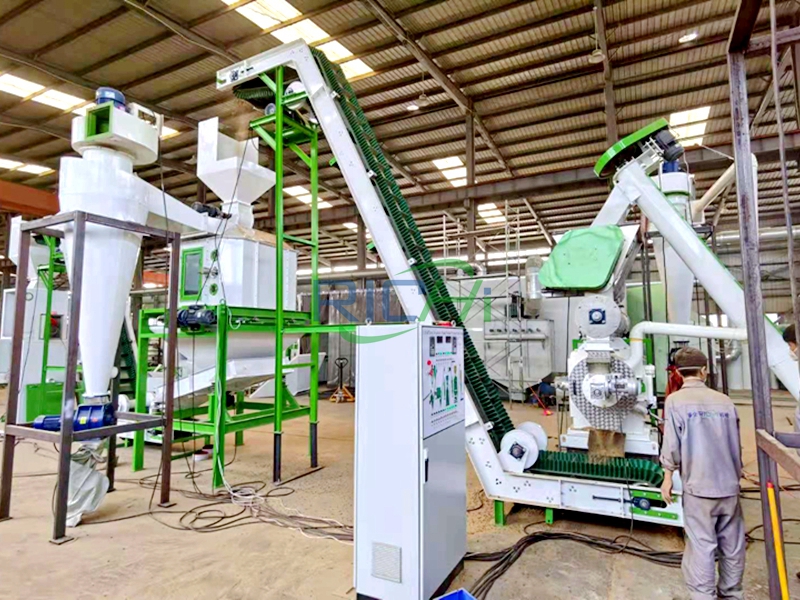
The process flow can be visualized as follows:
- Chipping
- Drying
- Grinding
- Pelletizing
- Cooling
- Packaging
Wood pellet machines have diverse applications across various industries. They are extensively employed in the energy sector for producing fuel pellets used in heating systems. In the agricultural domain, these machines help in transforming agricultural residues into valuable biomass pellets. Moreover, households and small enterprises utilize wood pellet mills to repurpose sawdust and other wood waste into high-quality heating pellets, ensuring an eco-friendly and cost-effective heating solution. This versatility and efficiency make wood pellet machines instrumental in advancing sustainable and renewable energy practices globally.
Selecting the Right Wood Pellet Machine and Supplier
Choosing the appropriate wood pellet machine is a critical decision for any business involved in biomass production. Several factors need to be considered to ensure optimal performance and return on investment. First and foremost is the production capacity, which denotes how much output the machine can handle per hour. A thorough assessment of the business needs in terms of volume and scale will help pinpoint the correct machine.
Energy efficiency is another pivotal factor. An efficient wood pellet mill not only reduces operational costs but also minimizes environmental impact. Prospective buyers should look for models that promise low energy consumption without compromising on output quality. Ease of maintenance also plays a significant role. Machines that are designed for straightforward maintenance procedures tend to have less downtime, leading to more consistent production runs.
Budget constraints cannot be overlooked. While more advanced wood pellet machines might offer exceptional features, striking a balance between cost and functionality is essential. It’s beneficial to consider the total cost of ownership, which includes initial purchase price, maintenance costs, and operational expenses.
Case studies provide valuable insights into how businesses have successfully chosen and implemented wood pellet making machines. For instance, a mid-sized sawmill in Oregon integrated a high-capacity sawdust pellet machine to convert their waste into a profitable resource. By selecting a machine that matched their specific requirements for production volume and energy efficiency, they significantly augmented their revenue streams.
Selecting a Reliable Supplier
Equally important is the selection of a reliable supplier. Look for suppliers who offer customization capabilities to tailor the pellet production lines according to specific business needs. After-sales service is another critical criterion; a supplier’s prompt support in terms of spare parts and technical assistance can greatly impact operational efficiency.
Ricci Machinery stands out as a leading manufacturer in the industry. They specialize in designing and customizing pellet production lines, backed by expertise in site design and turnkey projects. Their comprehensive after-sales service ensures that businesses are well-supported in their operational endeavors. Opting for a reputable supplier like Ricci Machinery can make a substantial difference in the successful integration and performance of wood pellet making machines within a production environment.
Practical Application Value and FAQs
The versatility of wood pellet making machines cannot be overstated. These devices have a pivotal role in numerous industries, especially in the context of promoting sustainable energy use and minimizing environmental impact. Wood pellet mills are predominantly used in the production of biofuel, a renewable energy source that significantly reduces carbon emissions compared to traditional fossil fuels. This aligns with global efforts to combat climate change and transition towards a more sustainable energy mix.
One of the primary advantages of utilizing a wood pellet machine lies in its ability to transform various types of biomass into valuable fuel. The most common raw materials include sawdust, wood shavings, straw, and agricultural residues. By converting these waste products into high-energy pellets, companies can effectively reduce their disposal costs and simultaneously produce a marketable product. Aside from the energy sector, wood pellets are also extensively used in animal bedding, reducing ammonia levels and enhancing livestock welfare.
Furthermore, wood pellet machines contribute to energy efficiency by allowing for a cleaner combustion process, lessening the release of harmful pollutants. This makes them an excellent investment for businesses looking to improve their green credentials and comply with environmental regulations.
FAQs
What types of raw materials can be used? RICHI Wood pellet machines can process a variety of biomass materials, including sawdust, wood chips, agricultural residues like straw and husks, and even paper waste. The versatility allows industries to optimize waste materials effectively.
How much maintenance is required? Regular maintenance is crucial for the efficient operation and longevity of the wood pellet machine. Key practices include cleaning the machine after each use, inspecting and replacing worn parts, and lubricating the components. However, the maintenance demands are generally manageable with periodic check-ups.
What are the costs involved? The cost of acquiring a wood pellet making machine varies depending on the capacity, features, and brand. Initial investment ranges from a few thousand to several tens of thousands of dollars. Additionally, operational costs include raw materials, energy consumption, and maintenance. However, the long-term savings and potential revenue from selling wood pellets often justify the initial expenditure.
By leveraging the practical applications of wood pellet machines and understanding the associated costs and maintenance requirements, industries can make informed decisions that contribute to both economic and environmental benefits. Learn More: RICHI Manufacture



